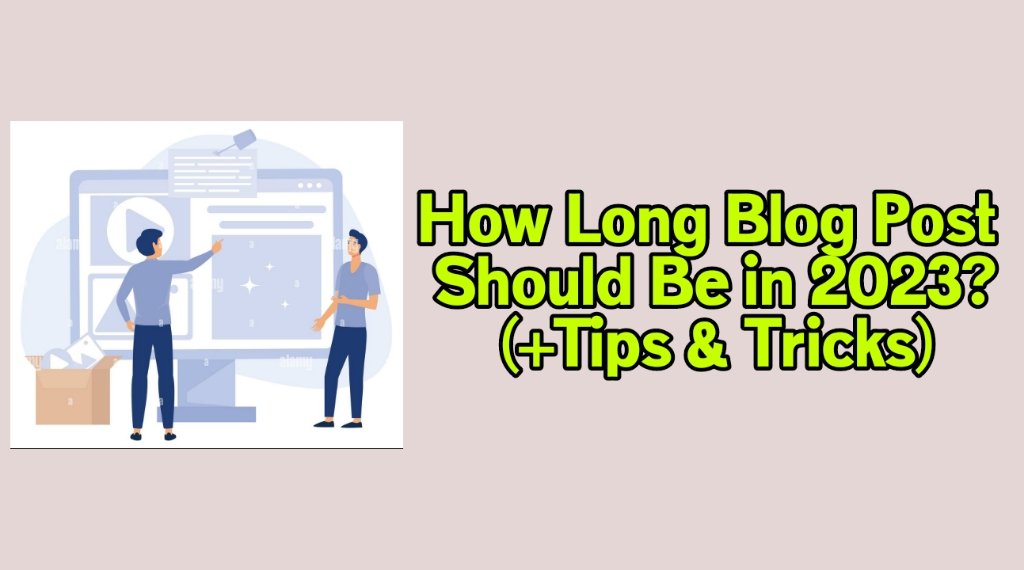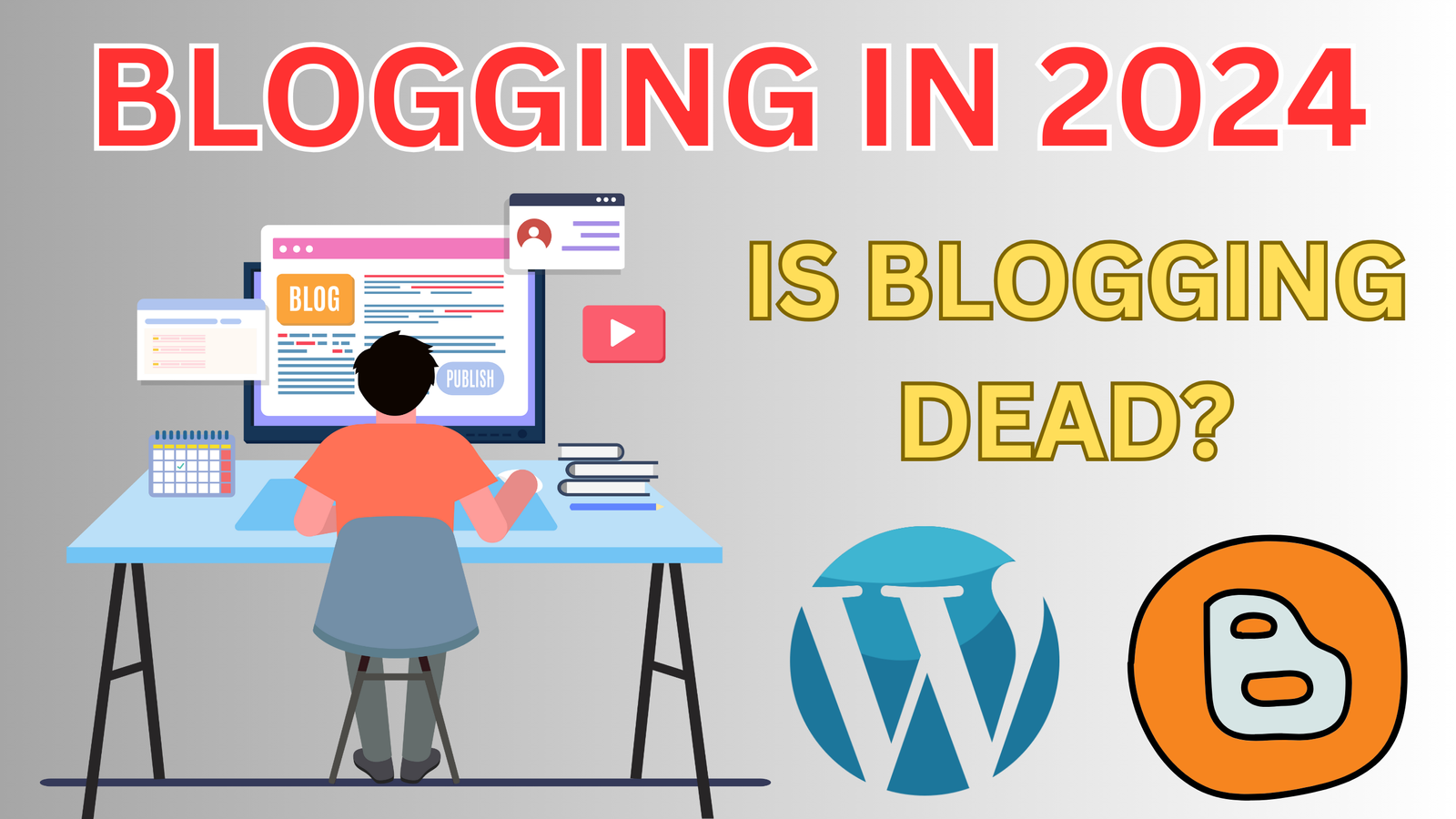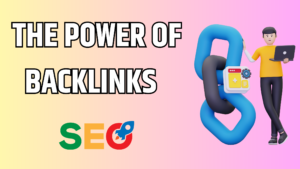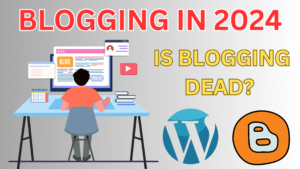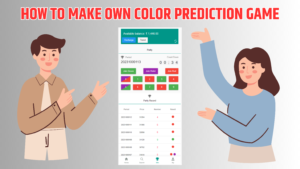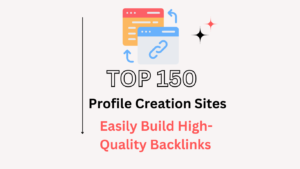How long should a blog post be?
If you’ve ever found yourself scratching your head over this question, you’re not alone.
It’s a conundrum that many bloggers face, and the answer is crucial to your blog’s success.
Why?
Because achieving the right length can be the key to reader retention.
Too short, and you might leave your audience unsatisfied. Too long, and you risk losing their attention.
But don’t worry, we’ve got you covered with actionable techniques and real-life examples that’ll help you strike the perfect balance.
So, are you ready to optimize your blog posts and keep your readers hooked?
Let’s dive right in!
Master the Art of Engagement
It’s time to rethink the way we view blog post length.
If you type the question “How long should a blog post be?” into Google, you’ll find a lot of resources saying that a single post should be between 1,500 and 2,000 words for the sake of SEO.
To a degree, this is a true statement.
But to stop your consideration, there would be a disservice to your work and your audience.
So, instead of obsessing over hitting a certain word count, why not shift your focus to engagement?
After all, you can have a 2000-word post that loses readers after the first two paragraphs or a 300-word piece that keeps them hanging on to every word.
Consider this scenario: you’ve stumbled across a post on ‘The Hidden Treasures of Rome.’ But instead of a dull, encyclopedia-like dissertation, you find yourself immersed in an engaging narrative filled with captivating anecdotes of hidden alleys and unexpected treasures.
It’s a 500-word whirlwind tour of Rome, leaving you satisfied yet wanting more.
That’s the power of engagement!
So, here’s a tip: spend an hour brainstorming your blog post outline.
Identify your key points and ensure each one is a golden nugget of information, insight, or entertainment.
Aim to give your readers a ‘Eureka!’ moment in every paragraph.
That’s the kind of content that keeps them coming back for more.
Employ The Power of Brevity

In the age of Twitter and TikTok, we’re all getting a little accustomed to bite-sized information.
In fact, short, punchy content can often make a bigger impact than a long-winded essay.
Let’s embrace the power of brevity!
Think about it: wouldn’t you be intrigued by a blog post titled The World’s Most Dangerous Journey in 300 Words?
It’s brief, sure, but it’s got your attention.
Now, imagine that post delivering an exhilarating snapshot of a perilous journey with the energy and pace of a thriller.
By focusing on one compelling point, it becomes a piece that sticks with the reader long after they’ve left your site.
So, the next time you’re writing a blog post, try this: aim to deliver one clear, compelling message.
Keep your language simple and your points sharp.
Embrace the power of brevity, and you might just see your engagement soar.
Embrace the Long-Read Trend
While we’re singing the praises of brevity, let’s not forget the other end of the spectrum: long-form content.
Sure, it might sound contradictory, but that’s the beauty of blogging — there’s room for all types of content.
In fact, long reads are gaining popularity among readers hungry for in-depth, insightful content. Imagine writing a 2000-word post on The Untold Stories of Ancient Egypt.
Instead of a dry historical piece, it’s an engaging deep-dive filled with forgotten pharaohs, enigmatic hieroglyphs, and little-known cultural practices.
Here’s a tip: spend a bit more time planning for these pieces.
Break them up with subheadings, bullet points, and compelling visuals to keep your readers engaged.
When done right, these long-form posts can skyrocket your site’s dwell time and build your reputation as an authoritative voice in your field.
So, while it’s great to keep things short and snappy, don’t shy away from the occasional deep dive.
Your readers might just thank you for it.
Don’t Stick to One Length
Now, we’re going to provide another tip that’s strongly connected to the two above — your posts don’t all have to be the same length.
In the world of blogging, variety is the spice of life. If you want to keep your readers coming back, mix it up.
One day you could post a brief 200-word update about a new product you’re launching.
The next, you could write a 2000-word piece sharing a comprehensive guide on how to use it.
After that, why not post a graphic breaking down the product’s features?
This kind of variety keeps your readers on their toes and keeps your content fresh and interesting.
So why not create a content schedule with a variety of post lengths?
It will not only give your blog a dynamic feel, but it will also let you cover a wider range of topics to help keep your readers interested and engaged.
Tap into the Power of Infographics

Let’s shake things up a bit. Who said that blog posts need to be a wall of text?
In fact, mixing up your content with infographics can make your blog more engaging, dynamic, and digestible.
Imagine this: instead of writing a traditional blog post on The Science Behind Climate Change, you decide to create a detailed, visually appealing infographic.
It includes timelines, diagrams, and bite-sized facts about the impact of climate change on the planet.
Not only does this add variety to your content, but it also appeals to visual learners, making complex information more accessible.
There’s a good reason people say a picture is worth a thousand words.
Here’s a practical tip: try using online design tools like Canva or Piktochart.
They have tons of ready-to-use templates that you can customize to create eye-catching infographics.
And remember, a well-designed infographic can go viral on social media, increasing your blog’s visibility exponentially!
Let Your Topic Dictate the Length
Here’s another surprising idea: why not let the topic dictate the length of your blog post?
Instead of forcing your content to fit a specific word count, allow the depth and scope of your subject matter to guide you.
For instance, if you’re writing a post titled A Quick Guide to Coffee Brewing Techniques, it might be most effective as a short, snappy piece full of practical tips.
On the other hand, a topic like The Comprehensive History of Coffee would naturally lend itself to a longer, more detailed format.
So, for your next blog post, instead of deciding on the length first, focus on the topic.
Plan out the key points you want to cover and let that guide your word count.
It might seem unconventional, but remember: your primary goal is to do justice to your topic and provide value to your readers.
If you achieve that, you’re golden.
Experiment, Measure, and Adapt
Last but certainly not least, let’s challenge a common convention: don’t just follow advice blindly.
As counterintuitive as it might sound coming from a blog post full of advice, the most practical tip we can give is to experiment and measure the outcomes for yourself.
Let’s set the scene.
Suppose you usually stick to 800-word blog posts about home DIY tips.
After reading this, you decide to switch things up.
One week, you post a 200-word quick fix for a common household issue. The next, you share a detailed 2000-word guide on remodeling a room.
Later, you decide to create an infographic on picking the right paint colors.
After each post, you measure engagement — comments, shares, likes, and even dwell time.
Over time, patterns will start to emerge.
Maybe your audience loves your quick fixes but doesn’t engage much with the long guides. Or perhaps your infographic gets shared on social media more than any other post.
By experimenting with different post lengths and measuring your audience’s response, you can discover the sweet spot for your own blog.
Remember, blogging isn’t a one-size-fits-all game.
Your target audience is unique, and what works for one blog may not work for another.
So go ahead, mix things up, keep an eye on the results, and you’ll soon find your perfect rhythm.
And the best part?
This trial-and-error approach keeps you in tune with your audience’s needs and preferences, making your blog a dynamic, evolving platform that truly resonates with your readers.
After all, isn’t that what great blogging is all about?
Wrapping Up: How Long Should a Blog Post Be?

Alright, we’ve been around the block, haven’t we?
Wrestling with blog post lengths can feel like you’re trying to solve a Rubik’s Cube blindfolded.
We get it.
But remember, it’s all about balance and knowing your audience.
You’re on the right track, and you’ve got all the insights you need from this guide. Keep them in your back pocket and let them drive your writing.
You’re gonna ace this blogging game and keep your readers hanging on your every word. So take a breath, flex those fingers, and start crafting posts that are just the right length.
It’s time to get started!
